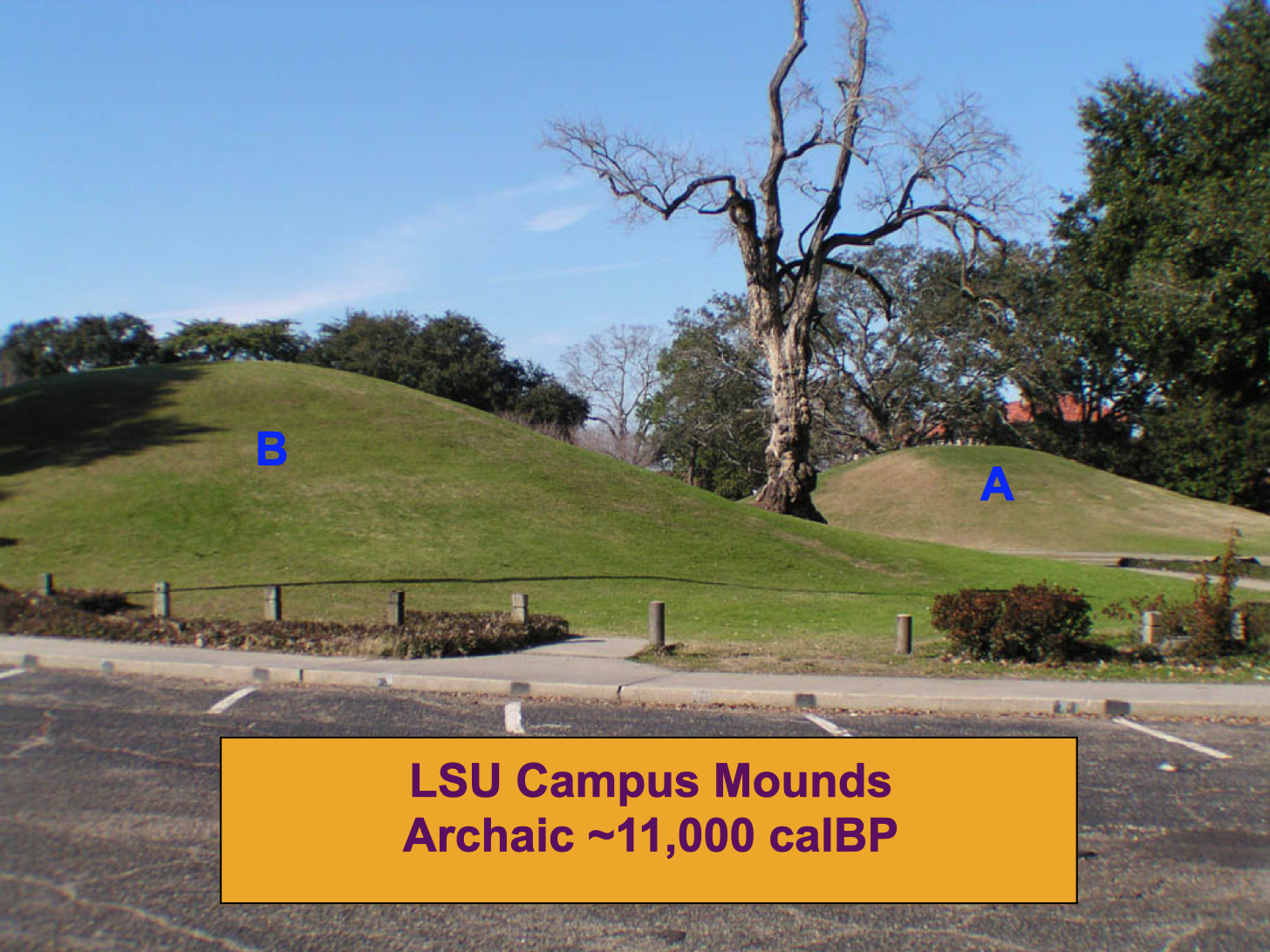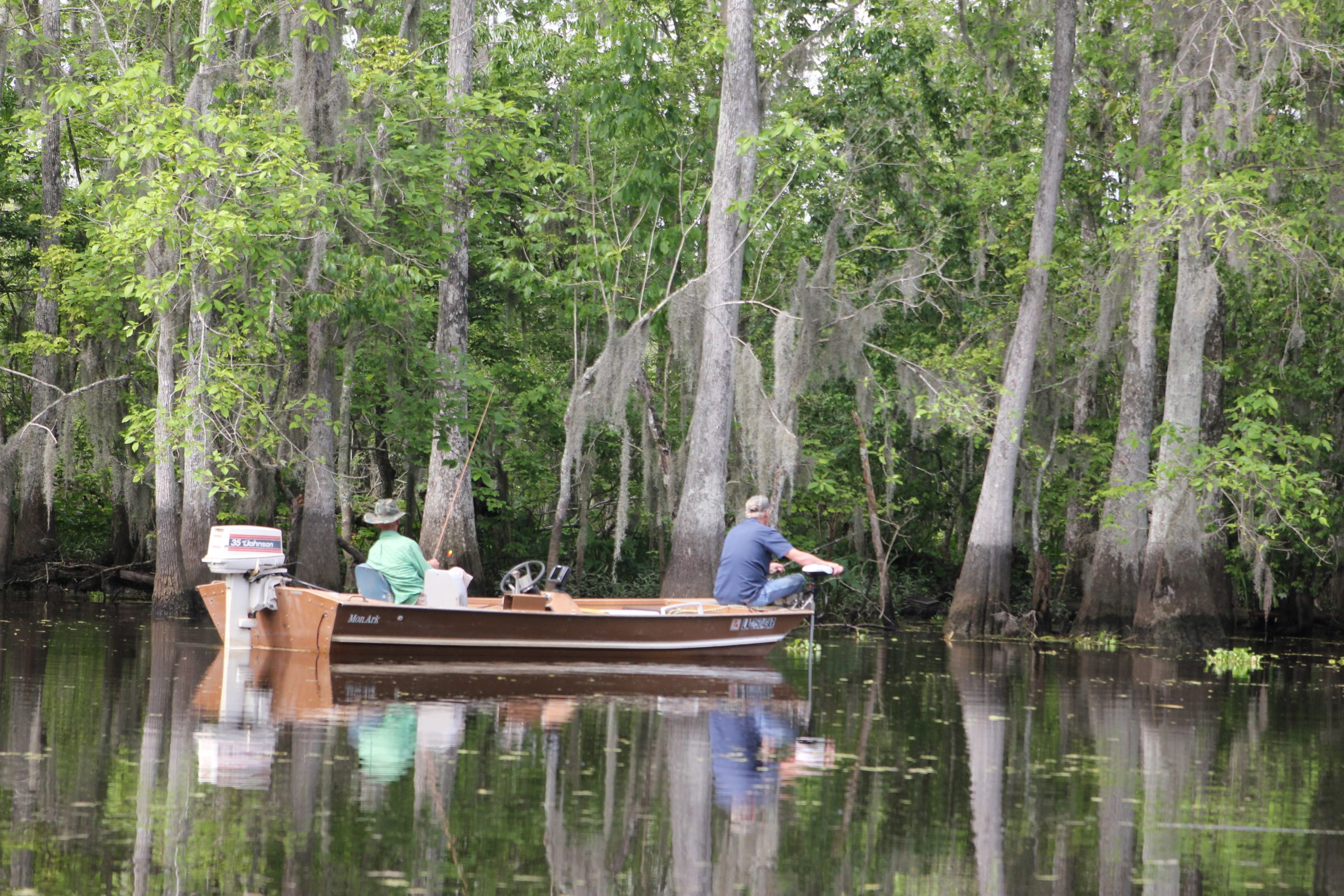
Sheriff: Replica Pistols Cause Real Damage, Face Real Charges
January 27, 2020
UPDATE: LSP Issued Level II Endangered/Missing Children, Welfare Concern
January 28, 2020Samples from two Native American mounds at a Louisiana university have returned startling findings.
Professor Brooks Ellwood of Louisiana State University has spent 12 years collecting data from two campus mounds. Three of the 29 samples sent for dating have returned startling ages beginning at approximately 11,000 years ago (11,000 cal BP).
“We sent samples to a Radiocarbon dating company, Beta analytic, and many of these samples returned very old dates,” Ellwood said. “This was a very surprising result, because this makes these the oldest man-made structures in the Americas.”
According to Ellwood, many of these dates compliment one another, and indicates that the mounds were built in two stages. He estimates it has cost about $18,000 so far for the research.
The method used to gather these samples it called “coring” where a hollow tube was rotated into the earth which, when removed, extracts a portion of the many layers of soil beneath.
As an example, imagine a stack of many different flavors of ice cream atop one another. A straw is then screwed straight down through all of them. Once the sample was removed from the straw, the researcher would have a small sampling of each flavor, and could see in what order they resided in the stack.
Ellwood said it is currently unknown what Native American group created the mounds, but he thinks it may be the descendants of Clovis peoples.
“If I had to guess, the folks that built the mounds here were descendants of the Clovis folks that lived all over the eastern part of the US,” he said. Then he added, “but that’s just a guess.”
Inside both mounds are layers of ash, left behind by those who constructed the mounds. When plant matter is burned, it leaves behind carbon, which can be accurately dated.
Ellwood explained that there is a bio-mineral substance that plants create as they grow. These are microscopic and the chemistry is like quartz. Because of the visual similarities, said Ellwood, these ash beds have been mistaken for a naturally occurring soil layer, called an E Horizon.
“They’re not E Horizons,” he said. “They’re ash beds that contain microscopic fragments of burned bone.”
He said he realized these were ash beds from work he had done in Konespol Cave, which is in Southern Albania near Greece.
Last year the findings from these two mounds were submitted to the journal Science. According to Ellwood, the editors said the work was too specialized and therefore they sent the paper to one of their more specialized publications for peer review. The findings are still under review, and therefore are not yet published.








